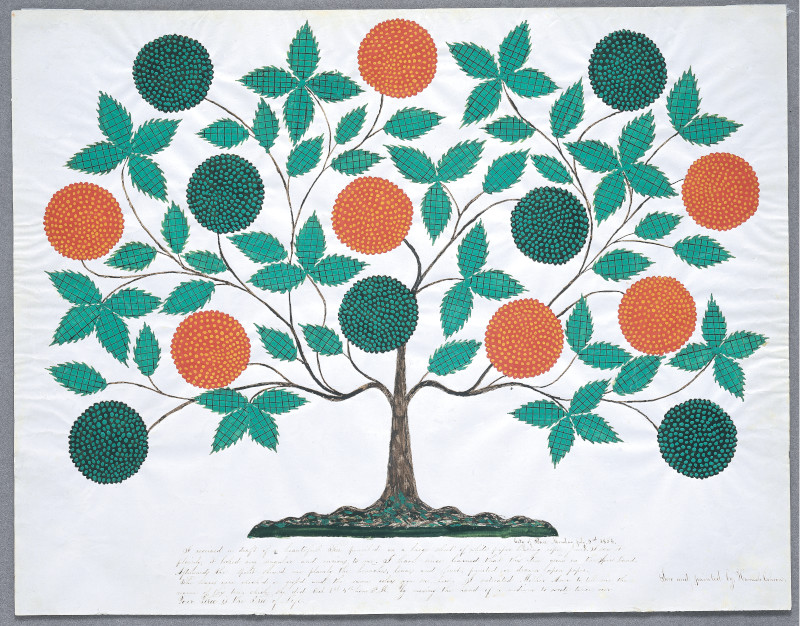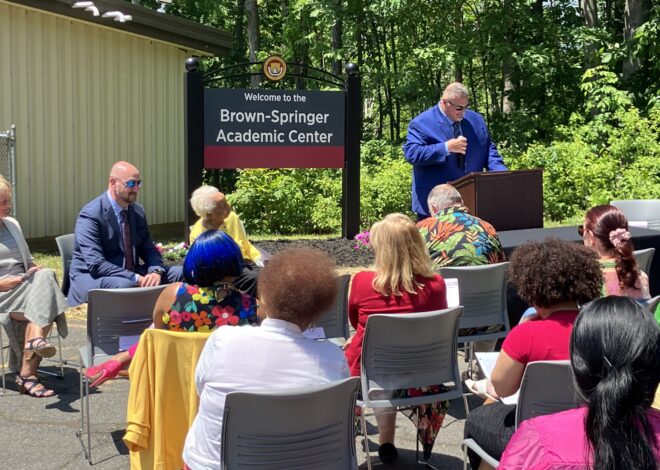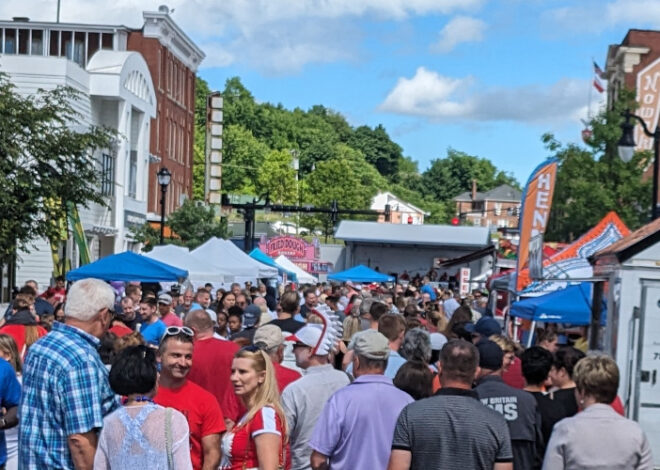Rare “gift” or “spirit” drawings created by Shaker women will be featured in the upcoming exhibit at the New Britain Museum of American Art (NBMAA).
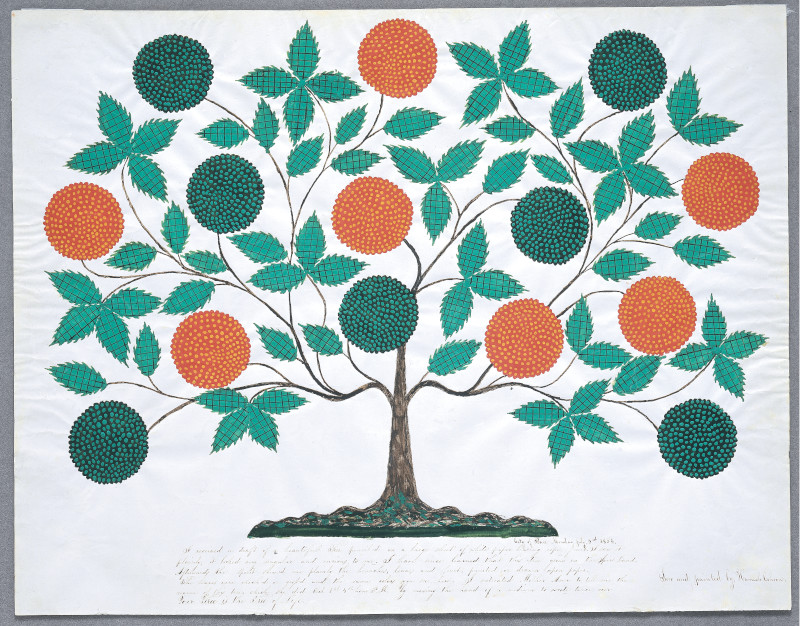
The exhibit, Anything but Simple: Shaker Gift Drawings and the Women Who Made Them, is a part of the Museum’s 2020/20+ Women @ NBMAA series celebrating women artists, which, the Museum says, is, “a year-long+ series of seven groundbreaking exhibitions devoted exclusively to the presentation of works by women artists.”
The latest exhibit in the series, organized by Hancock Shaker Village of Pittsfield, Massachusetts, is to open this Thursday, August 6, 2020, and run through January 10, 2021.
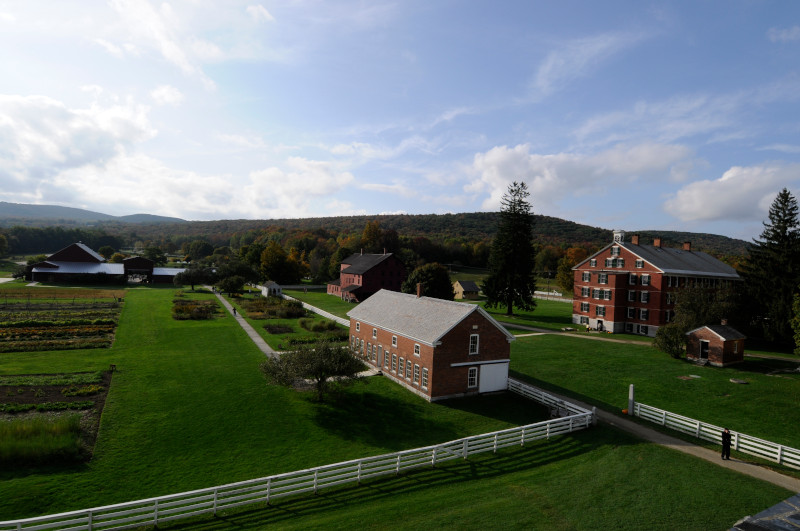
In announcing the exhibit, the Museum tells of the history of the Shaker religion as one of equality for women, led by Mother Ann Lee, who,
brought the Shaker faith from England in 1774 with a band of eight loyal followers and was seen to represent the second coming of Christ, giving form to the Shaker belief that Christ’s spirit lives in every person and therefore every person–no matter gender, color or nationality–possesses the potential for a connection with God. This was their basis for racial and gender equality–among other progressive ideals–before the American Revolution.
In the mid 1800s, it was women who were central to the Shakers’ Era of Manifestations, when Shakers believed certain women received spiritual messages, which were expressed in, “songs, poems, and drawings.”
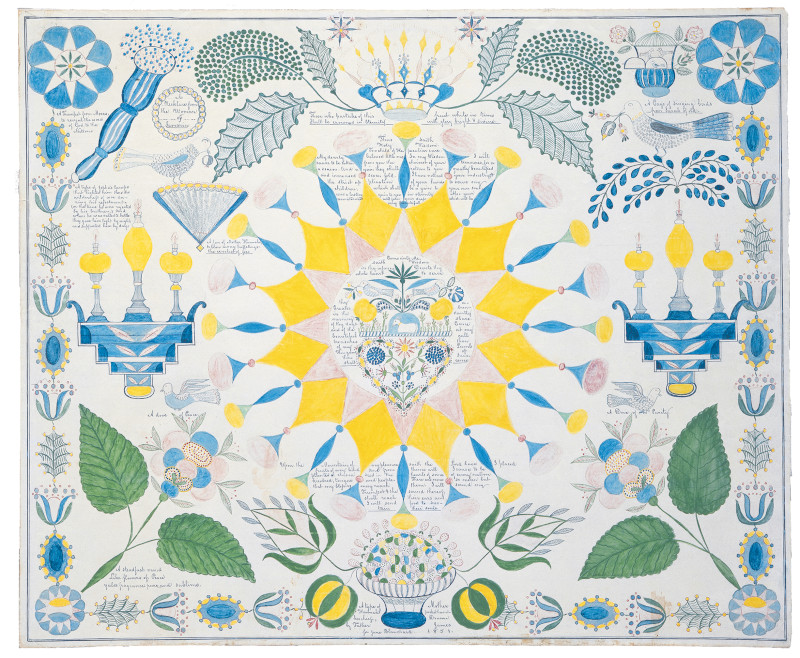
The Museum describes the Skaker belief that,
Somehow, Mother Ann Lee had cleared the way through her initial prophecy for women in the Shaker faith to become vessels, even more so than men in many ways. Given that God was a dual entity for the Shakers, representing both the masculine and the feminine in one, it’s not surprising that Shaker brothers had visions as well, and many are preserved in journals, but it was the women who translated their visions into art.
Among the artists whose work is in the exhibit are Hannah Cohoon (1788-1864), who, the Museum says, “painted with a sure hand, using bold color to make a statement and illustrate her message.”
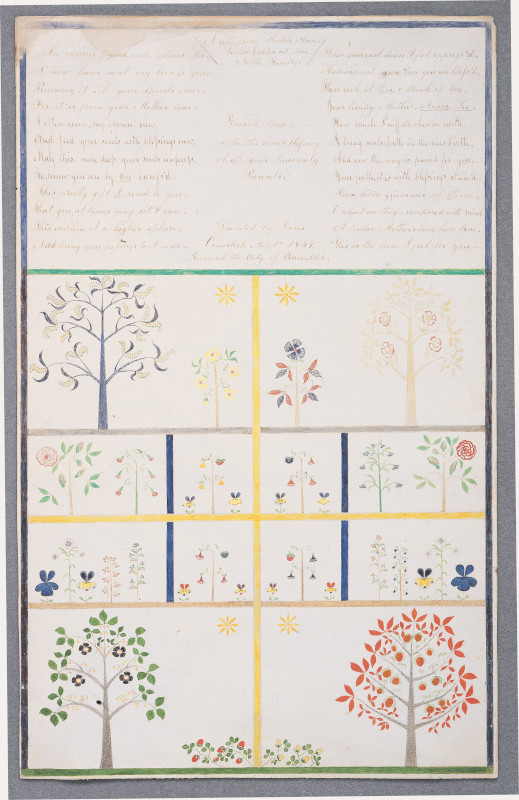
Another artists is Polly Collins (1801-1884), whose, “most well-known drawing,” the Museum says, “‘An Emblem of the Heavenly Sphere,’ includes elements of the traditional women’s craft of needlework, separating the paper into squares and rectangles.”
The exhibit also features two “sacred sheets,” by Samantha Fairbanks and Mary Wicks, which the Museum says, “offer unrecognizable designs without text, and are often characterized as a purely visual spiritual form of expression, akin to speaking in tongues.”
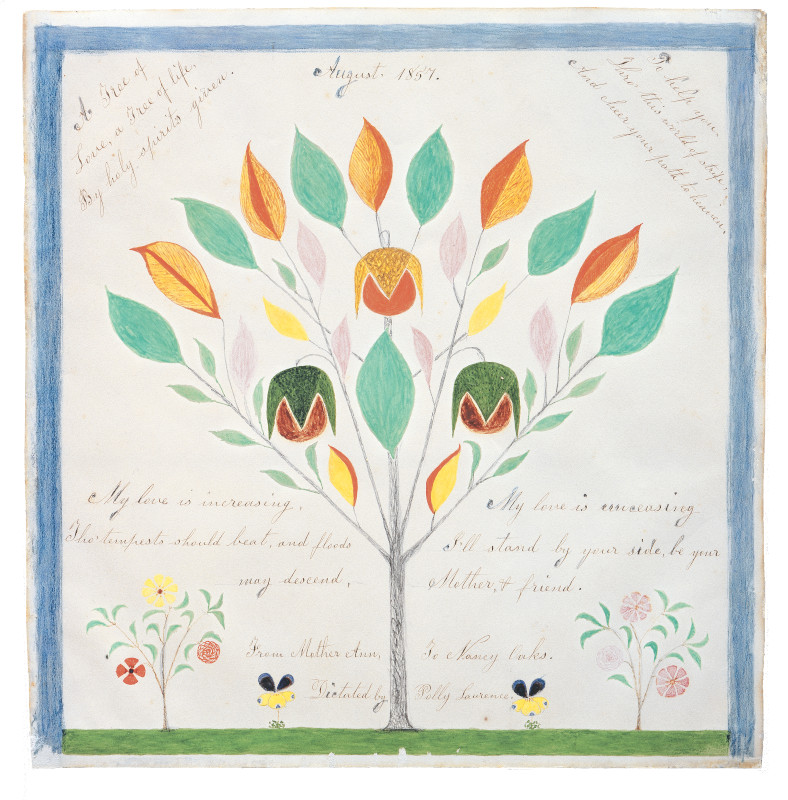
The Museum says that, in Shaker the community, which limited decorations, these artistic expressions were an anomaly. Being spiritual messages, they were kept within their community and secret.
“They were messages from the spirit world, directed toward a single Believer who would interpret them. Once that Believer died, no one else could translate the message,” the Museum described. “Most of these beautiful mysterious drawings were eventually disposed of, often used as kindling to start fires.”
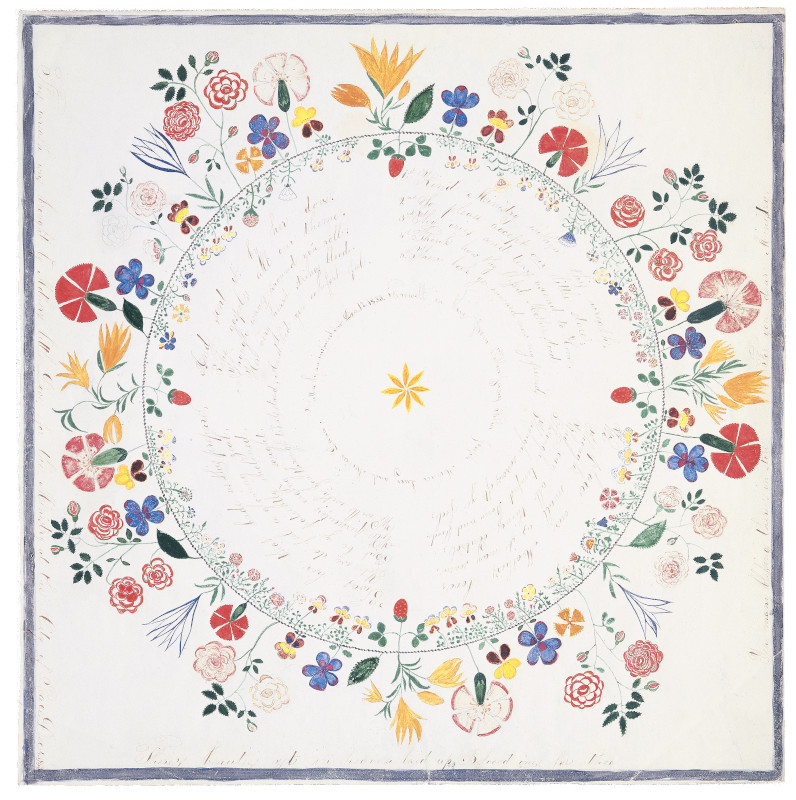
The surviving works, the Museum says, were preserved by Shaker Sister Alice Smith, who, “had rescued them from a kindling bin near the ovens when she was eight years old.” After testing local collectors Edward and Faith Andrews to decide that she could trust them with the works, she entrusted them with the Andrews, “who then donated them to Hancock Shaker Village in the 1960s.”
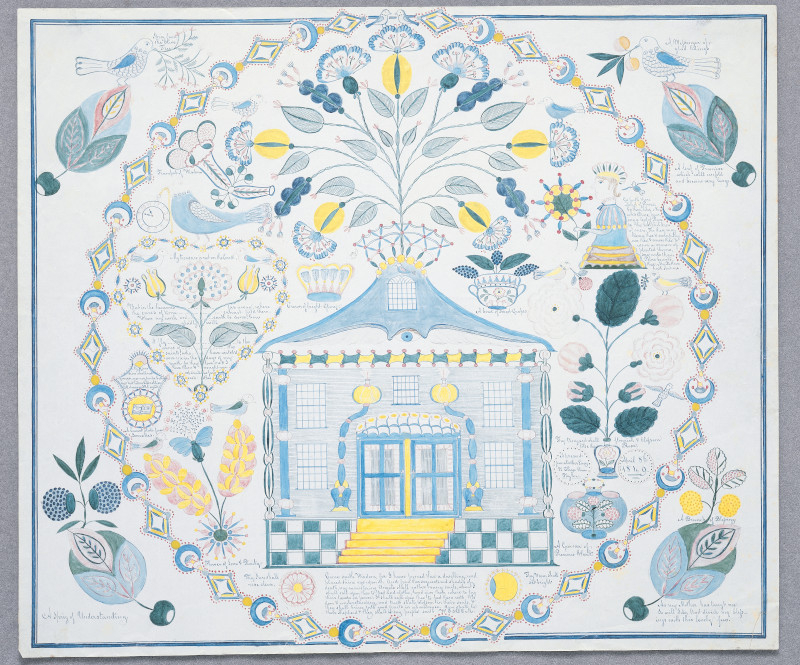
The Hancock Shaker Village says that its mission,
is to bring the Shaker story to life and preserve it for future generations; to collect and preserve the property and artifacts that demonstrate the history, industry, life, and traditions of the Shakers and their achievements/contributions to the American way of life; to exhibit the collections of Shaker buildings, furnishings, libraries, and objects of art; to enable and conduct studies and research into Shaker and American community history; and to reflect on living a principled life and the values the Shakers embraced: integrity, racial and gender equality, pacifism, community, sustainability, responsible land stewardship, innovation, and simplicity. Through multifaceted programming in art, music, food, and thought we share the Shaker story, and strive to ignite curiosity, expand imaginations, and inspire generations.
Tracing its history back to 1835, NBMAA has said that its,
collection has grown to more than 8,300 works of art dating from 1739 to the present. With particular strengths in colonial portraiture, the Hudson River School, American Impressionism, and the Ash Can School, not to mention the important mural series The Arts of Life in America by Thomas Hart Benton, the collection remains a primary source of inspiration for many of the museum’s exhibitions and programming. Exhibitions continue to strike a balance between the historic and the contemporary, reflecting an American narrative comprised of a multiplicity of cultures, races, ethnicities, and perspectives. As one of the first institutions dedicated solely to American art, the New Britain Museum of American Art continues to play a vital role in illuminating our nation’s diverse heritage and artistic advancements.
The Museum says that its 2020/20+ Women @ NBMAA initiative is,
a year-long series of groundbreaking exhibitions devoted exclusively to women artists, beginning January 2020. 100 years after women gained the right to vote, only 27% of major exhibitions are dedicated to women artists worldwide. Challenging underrepresentation and celebrating diversity, artists featured will include Kara Walker, Anni Albers, Shantell Martin, Yoko Ono, Nancy Spero, Jaune Quick-to-See Smith, Carrie Mae Weems, Jennifer Wen Ma, and more.
The Museum has recently announced that it has reopened, with a new schedule and guidelines for visiting because of COVID-19.
The New Britain Museum of American Art is a world class museum located at 56 Lexington Street, adjoining New Britain’s historic and beautiful Walnut Hill Park.

